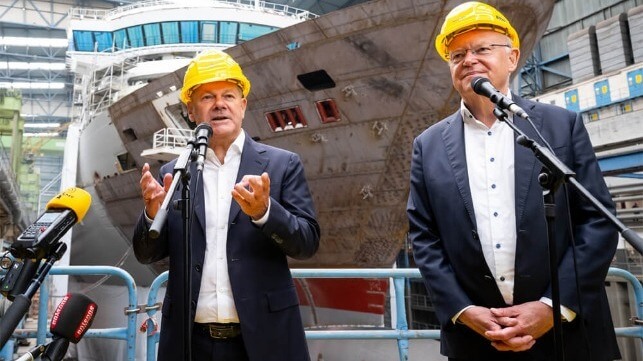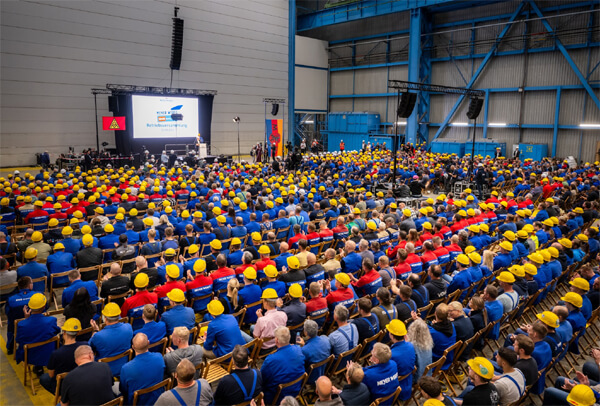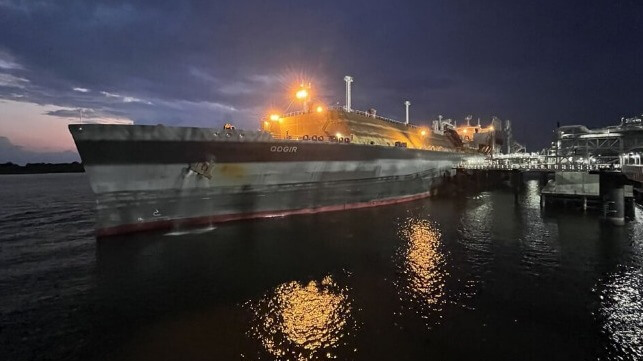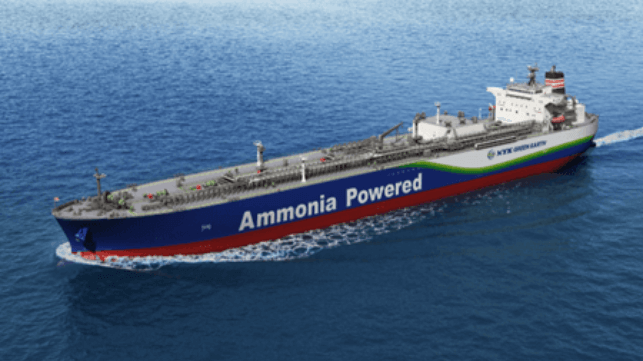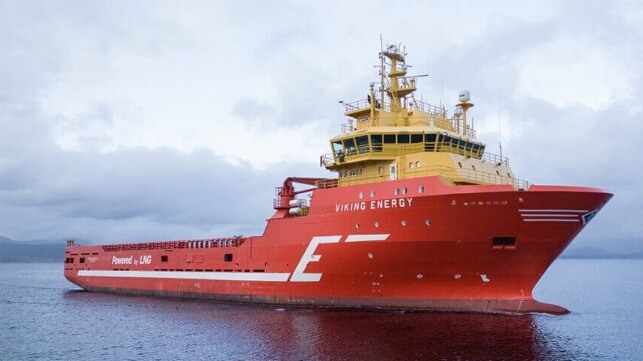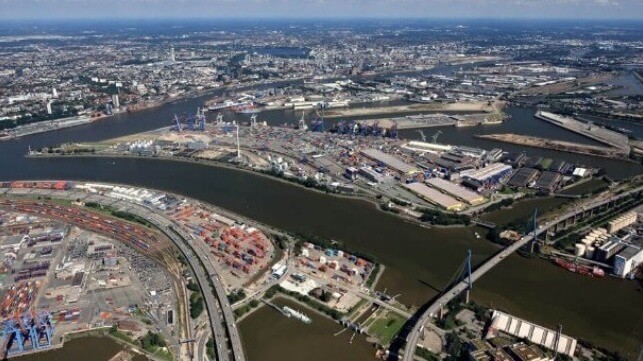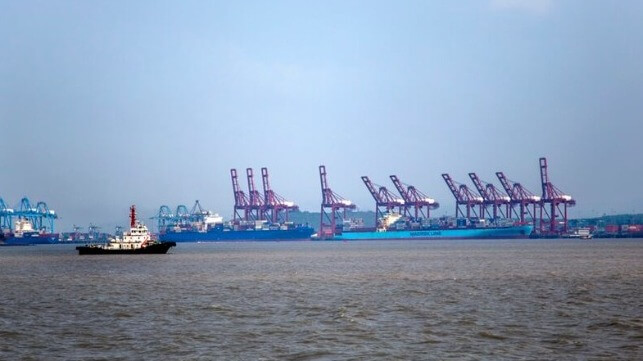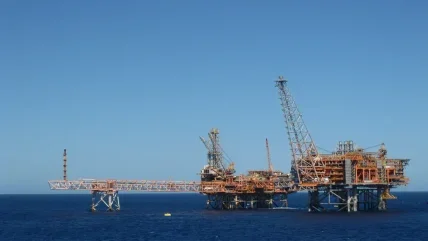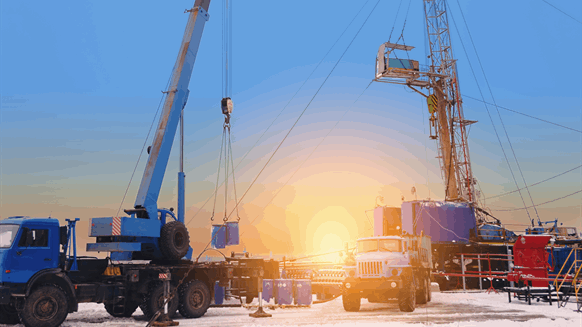ExxonMobil's Guyana Oil: A Trillion-Dollar Opportunity?
- The company's Permian Basin assets are also poised for growth, with production expected to reach 2 million barrels of oil equivalent per day by 2027.
- ExxonMobil is involved in a high-stakes dispute with Chevron over the latter's proposed acquisition of Hess, which could have significant implications for ExxonMobil's Guyana operations.
There are two main drivers for ExxonMobil, (XOM), in the face of crude’s relatively tight pricing band-low $70’s to low $80’s, for the most the past year. The first is the Guyana, Stabroek production ramp, and the related kerfuffle with Chevron, (CVX) over the nature of their proposed acquisition of Hess, (NYSE: HES). The second is the ongoing digestion of Pioneer assets and acceleration of Permian output toward 1.2 mm BOEPD.
XOM is a huge company with a lot of irons in the fire-LNG, chemicals, carbon capture, refining, biofuels, and heck, they’re even dabbling in lithium. None of these really matter to the stock in the near term. XOM moves with higher or lower oil and gas prices and is likely to perform in lockstep with these commodities well into the future. Darren Woods, CEO let loose with a pithy comment in the Q-2 call that reveals the firm priorities of this company, regardless of what other “ponds” into which, they dip their oars-
“Later this month, we'll publish our global outlook, which projects global energy demand 15% higher in 2050 than it is today. We see oil demand holding steady at around 100 million barrels per day in 2050, while demand for renewables and natural gas grows considerably.”
Let’s give Mr. Woods his due. As the CEO of a company producing ~4.3 mm BOPD of crude oil, it is fair and reasonable for us to assign a solid probability of his being right. In this article we will cover a tight focus on what we believe to be the key needle-movers for the company.
Guyana
As was noted in the early August, Bloomberg piece by Kevin Crowley the 2015 Liza discovery well almost didn’t happen. Guyana’s waters were a minefield of 40+ dry holes accumulated over the years and XOM management wasn’t convinced that this prospect met their capital allocation criteria. Even more critical was the fact that XOM’s concession was about to expire, if they were going to do it, it had to be then. Read Crowley’s piece for more of the back story, but the success of Liza changed the company and the country. Quoting Crowley from the article-
“Today, Liza is the world’s biggest oil discovery in a generation. Exxon controls a block that holds 11 billion barrels of recoverable oil, worth nearly $1 trillion at current prices. The find has transformed Guyana from one of South America’s poorest countries into one that will pump more crude per person than Saudi Arabia or Kuwait by 2027. Guyana is on track to overtake Venezuela as South America’s second-largest oil producer, after Brazil.”
Now with more than 30 discovery wells, 6-sanctioned projects, current daily production of ~650K BOPD rising to 750K in 2025 with the commissioning of Yellowtail, 1mm+ BOPD in 2027 with the commissioning of Whiptail, and up to 1.5 mm BOPD with the startup of the 7th project- Hammerhead, the company is growing Guyana production at a rate of about 20% annually. The “Guyana Effect” shows up in total return comparisons with key competitors and the overall S&P 500 index, as noted in the Crowley article.
Guyana appears to have a long ramp for future development in Stabroek, as reporting indicates that another two fields, Fangtooth-now under delineation drilling, and the Haimara discovery-new appraisal wells planned for later this year, could take reserves well beyond the 11 bn BOIP now booked.
If the company can continue the pace of announcing a new project for Guyana every eighteen months or so, it’s not hard to imagine daily production hitting the 2.0 mm BOPD level in the XOM graph below in the early 2030’s.
As a final point on Guyana, low cost of supply is everything in long-term oil production. With supply costs of less than $35 per barrel, Stabroek fits nicely in the low-cost category assuring profitable production at any likely Brent prices.
The XOM, CVX, Hess kerfuffle
Chevron-CVX has lagged Exxon in reserves replacement over the last few years, as this OilNow article points out. Although down from 2018’s peak of ~24 bn bbls, XOM is comfortably ahead of Chevron with 16.9 bn bbls compared with 11.1 bn for CVX. Chevron’s motivation for its takeout offer for Hess, (HES) is pretty clear. With HES’ 30% stake in Stabroek, CVX saw an easy way to tack on several bn barrels on reserves with its $53 bn offer for HES. Shareholders for both companies approved the deal, but roadblocks began to crop up.
In late December of 2023, the FTC filed a request for more information on the deal but delayed any action pending the outcome of ExxonMobil’s objection to the merger. With the three-judge panel only recently confirmed recent reporting has a timeline well into 2025 for any resolution.
The core of the dispute lies in the interpretation of the Joint Operating Agreement-JOA, which contains a section on the Right of First Refusal-ROFR that governs the disposition of assets run by the consortium. XOM feels that the HES share should be offered to it under the ROFR language in the JOA. Chevron disagrees, and took pains in setting up the deal to provide for HES’ survival as an entity, effectively eliminating the “change of control” provisions of the JOA. Analysts feel the outcome will come down to the arbitration panel’s interpretation of the “intent” of the CVX/HES agreement as regards the asset. M&A expert, James English at law firm Clark Hill Law was quoted as saying-
"The crux here is whether a change of control even occurred. The three-person arbitration panel that will make the call must decide in part whether to focus on the language in the contract or to delve into Chevron's intent. “A plain language approach would be very favorable to Chevron, while if you go with the intent, Exxon may have a case," English said.”
There is no downside for XOM in this process, in my view. The valuation of the stake held by HES is a closely guarded secret, but we can make some assumptions and arrive at an estimate.
A trillion dollar valuation has been put on the 11 billion worth of reserves already booked, implying a Brent price of $90-not out of line, but aspirational from current levels. That would put HES’ 30% share at ~$335 bn or so, 6X+ above the $53 bn takeout price. Depending on which estimate you use for the percentage ascribed to HES’ 30% as part of the CVX bid -60-80% according to experts cited in the Reuters article, it’s not hard to imagine a significant payday for XOM.
ExxonMobil is in the catbird’s seat in this scenario. They could make a counter offer for the HES stake, bid for a fraction of it, or take compensation from Chevron, if they prevail in arbitration. If it gets too pricey CVX would just walk away, accepting a $1.72 bn break-up fee from HES.
There’s no way to handicap the outcome of this dispute. As I noted there is no downside for XOM. A lot will come down to how the single word-intent, is interpreted.
The Permian
As the first full quarter of Pioneer assets operating under XOM’s umbrella approaches as Q-3 wraps we will get a peek at how efficiently this merger is being implemented. The company has put a big number on the bulletin board-$2 bn, in cost savings that will accrue from the merger annually. In a Bloomberg article, CEO Darren Woods noted that these savings will come from improved technology and extraction-fracking and cube development techniques, as well as the logistics advantages the merger provided in terms of lateral lengths and materials sourcing. XOM projects costs of supply at $35 per barrel from the Permian.
For full year 2024, XOM projects daily Permian production of 1.2 mm BOEPD across their 1.4 mm acre position in the basin. The company has a target of increasing Permian production to 2.0 mm BOEPD by 2027, implying a growth rate of 20% a year.
Your takeaway
XOM is trading at some fairly rich multiples at current prices. The EV/EBITDA is 7.65X, and the flowing barrel stat is $116K per barrel. Analysts rate the stock as Overweight with price targets ranging from $110-157.00 per share. The median is $130.00.
For those looking for well-covered shareholder returns, XOM is generating free cash of about $26.5 bn annually on a TTM basis. The company distributed $8.1 bn in dividends and repurchased $16.3 bn in stock for a modest free cash yield of ~5%. The company beat EPS estimates by ~5% in Q-2, and estimates have been raised for Q-3 to $2.14 per share. If they come in with a beat we could certainly see a move higher toward the midpoint of estimates. The inverse is also true.
XOM should be a part of every long-term energy investor’s portfolio for growth and income. Currently, it is trading near the top of its one-year range-$97-$123.00. Recent weakness in oil and gas prices would certainly argue for a judicious entry point that might come when Q-3 earnings are released in November.
By David Messler for Oilprice.com

